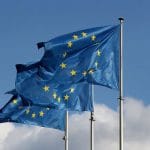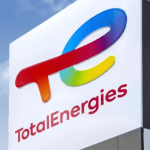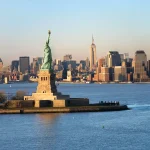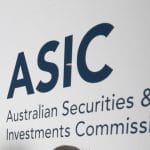Engie, Masdar Secure 1.5 GW Solar Project to Boost Abu Dhabi’s Clean Energy Capacity
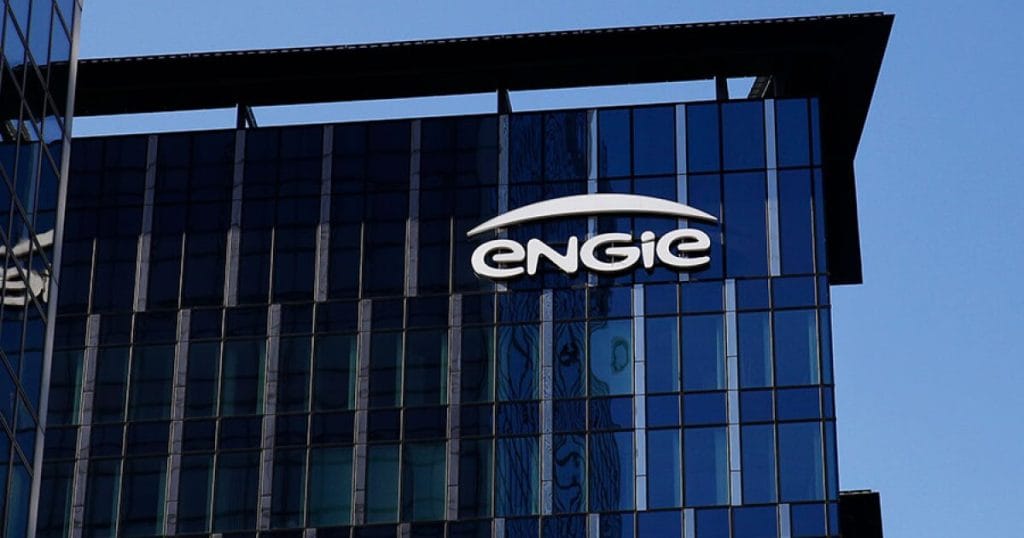
• The 1.5 GW Khazna Solar PV project will supply electricity to around 160,000 homes and cut 2.4 million tonnes of CO₂ annually.
• Part of EWEC’s strategy to expand Abu Dhabi’s solar generation to 18 GW and achieve 60% clean energy by 2035.
• ENGIE and Masdar will finance, build, and operate the facility under a long-term power purchase agreement with EWEC.
Abu Dhabi Advances Decarbonization Drive with 1.5 GW Solar Award
The Emirates Water and Electricity Company (EWEC) has awarded its fourth utility-scale solar project to a consortium led by ENGIE and Masdar, reinforcing the UAE’s commitment to decarbonizing its energy system and scaling renewable capacity.
The 1.5 GW Khazna Solar Photovoltaic (PV) Independent Power Project will be built near Al Khazna, roughly 100 kilometers east of Abu Dhabi city. Once operational, it will become one of the world’s largest single-site solar installations, generating enough electricity to power approximately 160,000 homes across the UAE and offsetting over 2.4 million metric tonnes of carbon emissions each year.
The Power Purchase Agreement (PPA), signed between EWEC and the ENGIE–Masdar consortium, is structured as an energy-only deal — EWEC will pay solely for the net electricity delivered. ENGIE and Masdar will design, finance, construct, and operate the plant, incorporating digital technologies such as IoT-enabled sensors, cloud-based monitoring, and robotic cleaning systems to enhance performance and reduce operational costs.
Anchoring Abu Dhabi’s 2035 Clean Energy Strategy
Khazna Solar PV is central to EWEC’s strategy to expand solar power capacity to 18 GW by 2035 and to supply 60% of Abu Dhabi’s electricity demand from renewable and clean energy sources. The project aligns with the Department of Energy’s Clean Energy Strategic Target 2035, which seeks to reduce the carbon intensity of the emirate’s power sector by over half within the decade.
EWEC’s projections show that by 2030, average carbon dioxide intensity from electricity generation will decline from 330 kilograms per megawatt hour in 2019 to around 150 kg/MWh — a 54% reduction. The Khazna facility, due for financial close by the end of 2025, will be instrumental in achieving that target.
Ahmed Ali Al Shamsi, EWEC’s CEO, described the plant as a “strategic asset that accelerates the UAE’s journey toward a carbon-neutral future.” He said the project embodies the company’s commitment to expanding renewable capacity while maintaining long-term energy security and supporting socio-economic objectives.

Public–Private Collaboration Driving Scale
For ENGIE, Khazna represents its largest photovoltaic asset globally, deepening its multi-decade partnership with the UAE. Paulo Almirante, ENGIE’s Senior Vice President for Renewable and Flexible Power, said the project “reflects both our shared ambition for decarbonization and the power of strategic collaboration to deliver large-scale renewable deployment.”

Masdar, meanwhile, continues to play a defining role in the UAE’s clean energy expansion. CEO Mohamed Jameel Al Ramahi noted that Khazna builds on a longstanding collaboration with EWEC and “supports the UAE’s clean energy journey through pioneering, best-in-class solutions.” He emphasized that the project would also “create opportunities for sustainable socio-economic growth.”
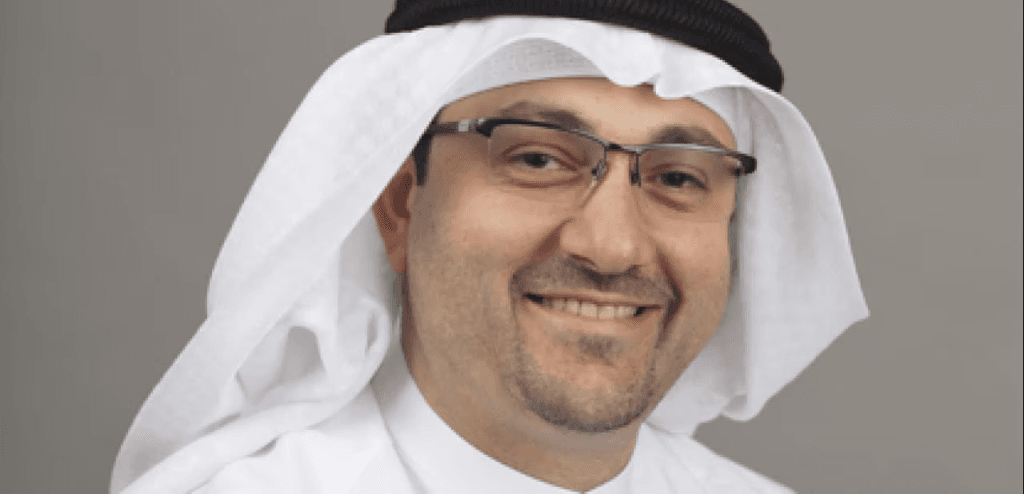
The ENGIE–Masdar consortium was selected through a competitive procurement process managed by EWEC, reflecting the UAE’s ongoing use of independent power producer (IPP) frameworks to attract global investment and expertise into its renewable energy transition.
RELATEDARTICLE: Meta and ENGIE Sign 260 MW Renewable Energy Deal to Power Data Centers
Broader Energy Transition Context
The UAE’s push toward renewables comes as Gulf economies recalibrate energy strategies around diversification and decarbonization. Abu Dhabi’s energy mix now includes significant solar, nuclear, and emerging wind capacity, alongside efforts to deploy low-carbon desalination technologies and carbon capture infrastructure.
EWEC’s integrated planning approach positions the company as a key player in the regional energy transition, balancing grid stability with sustainability mandates. The addition of Khazna Solar PV advances the UAE’s ambition to reach net-zero emissions by 2050 and strengthens its credentials as a regional hub for climate finance and clean technology investment.
For investors and policymakers, the project illustrates the continued viability of public–private partnerships as a tool for scaling renewables in capital-intensive markets. It also demonstrates the role of advanced digital management in improving efficiency and reliability at gigawatt scale — an increasingly critical feature for grid integration as renewable penetration deepens.
From National Goals to Global Relevance
As the UAE positions itself as both a regional energy exporter and a leader in low-carbon innovation, Khazna Solar PV represents more than a domestic capacity expansion. It anchors a broader strategic shift toward renewable integration, grid modernization, and climate-aligned investment that resonates beyond the Gulf.
By leveraging global partnerships and state-backed frameworks, Abu Dhabi is advancing a pragmatic model for emerging economies seeking to balance energy security, decarbonization, and economic diversification. With financial close expected by late 2025, the Khazna Solar PV project will stand as one of the largest tangible steps toward that transition — shaping not just the UAE’s power sector, but the trajectory of clean energy growth across the wider MENA region.
Follow ESG News on LinkedIn


